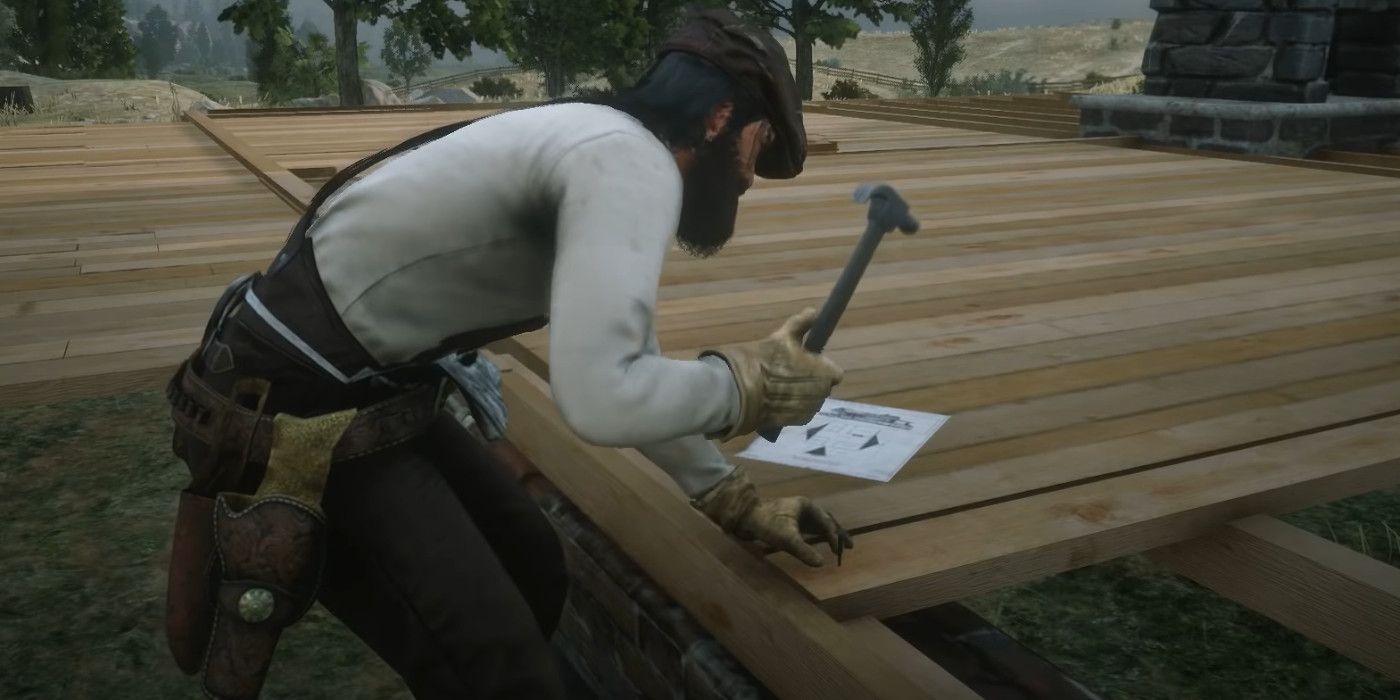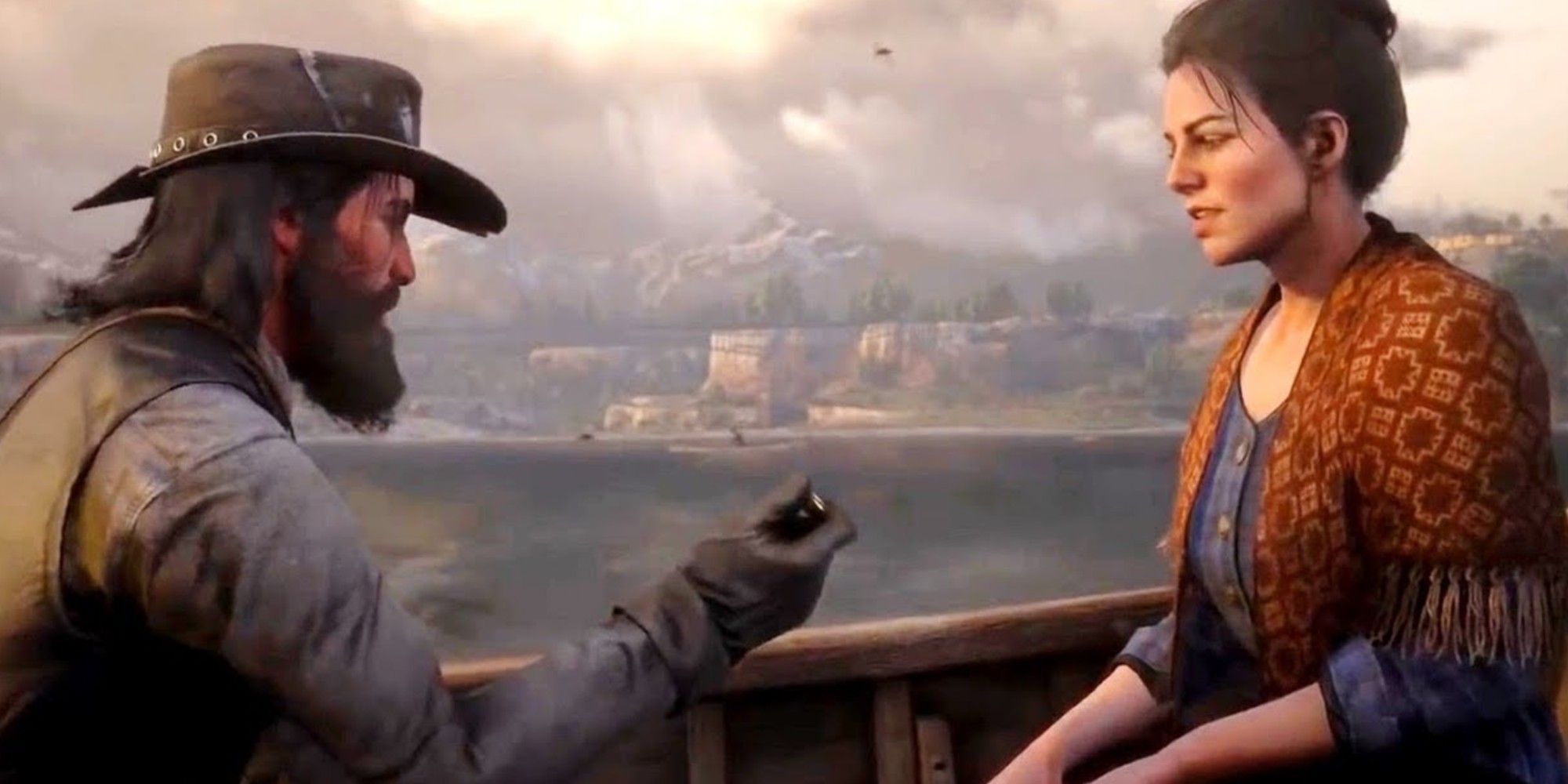Beecher's Hope is one of the most important locations in the Red Dead Redemption series. As the proper home of the Marston family, it appears in both the original game and its sequel. However, the version present in Red Dead Redemption 2 is very different from its predecessor.
Players are first introduced to Beecher's Hope during the final chapter of Red Dead Redemption. After successfully killing or capturing his former gang mates - Bill Williamson, Javier Escuela, and Dutch Van Der Linde - John Marston is finally allowed to return home safe and sound with his family. From then on, Beecher's Hope becomes John's new base of operations, and is the primary location for almost every remaining mission in the game. Players do not see Beecher's Hope again until the epilogue of RDR2, which reveals how John acquires the plot of land and his endeavors to go straight with his family after a life filled with crime.
In both versions of Beecher's Hope, family plays a central theme in both John's and the player's relationship with it. However, the way that family is presented between the two is very different. While Red Dead Redemption builds up John's relationship with Abigail and Jack through main story missions in preparation of the character's self sacrifice at the game's conclusion, RDR2 uses environmental storytelling and optional side content to immerse the player in the location. Both do a very good job at what they set out to do, but it's fairly obvious that RDR2's Beecher's Hope just has so much more going for it in terms of sheer content.
How Red Dead Redemption 2 Expands on Beecher's Hope
The amount of methods that the player has in RDR2 to interact with Beecher's Hope and its residents far outnumbers that of its predecessor. In addition to the myriad random encounters, conversations, and activities John can participate in with Uncle, Abigail, and Jack (like eating dinner or singing campfire songs), John has access to many side activities that provide him with tangible in-game rewards. Daily farm chores like milking cows and feeding chickens rewards players with produce that they can then move to the nearby sales cart to raise extra money for John to use in RDR2. These activities also help sell the idea that John is actually attempting to live an upstanding lifestyle.
Compare this with the original Red Dead Redemption, which has its fair share of random dialogue and AI behaviors to make the location seem authentic but is relatively devoid of content. The bulk of the value in this version of Beecher's Hope comes from its associated main story missions, something which the RDR2 version also has in abundance. Here, John does some similar ranching work (mostly animal herding and horse breaking), but these activities never quite breach into the gameplay outside of story content. Aside from a place to continue the narrative, Beecher's Hope is really just for saving one's game and changing John's outfit.
Regardless, it's not exactly surprising that RDR2's version of Beecher's Hope simply has more going for it in terms of content and scale. The whole point of the game was to expand on what players saw in the original Red Dead Redemption. Even so, it's understandable why the original location might be some players' favorite. Much of Red Dead Redemption 2's side content is optional at best, so it's not surprising that some players simply prefer how the location adds to the tragic ending of the original. Either way, Beecher's Hope stands as another example of Rockstar's attempts to add more depth to its growing version of the wild west.


